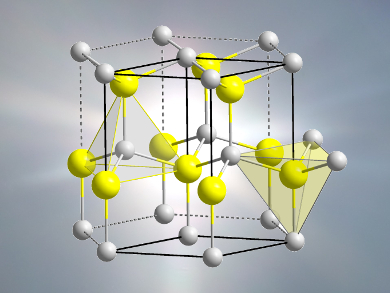Ultraviolet (UV) printing is commonly used to achieve detailed, glossy printing, e.g., in food packaging. The inks used in these processes polymerize and harden under ultraviolet radiation. The photoinitiators responsible for starting the reaction, however, are usually needed in relatively high amounts (up to 15 wt %) and are molecular species that can easily migrate through packaging and contaminate the contents.
Michael Schmitt, Saarland University, Saarbrücken, Germany, has synthesized ZnO nanoparticle-based photoinitiators by injecting a NaOH solution into a zinc choride solution (both in methanol). On the one hand the nanoparticles could be modified with additional metals such as copper, platinum, and iron by co-precipitation. On the other hand the surface of the bare nanoparticles could be covered with a mediator. Both were then used to initiate the photopolymerization of acrylic ester. Upon UV radiation, the semiconducting particles generate electron-hole pairs and can further react to form the radicals needed for polymerization.
The non-optimized nanoparticles already showed significant potential as photoinitiatiors. The resulting organic-inorganic hybrid materials are very well dispersed and could minimize the health concerns resulting from migration of low molecular weight photoinitiators.
- Synthesis and testing of ZnO nanoparticles for photo-initiation: experimental observation of two different non-migration initiators for bulk polymerization,
M. Schmitt,
Nanoscale 2015.
DOI: 10.1039/C5NR00850F


